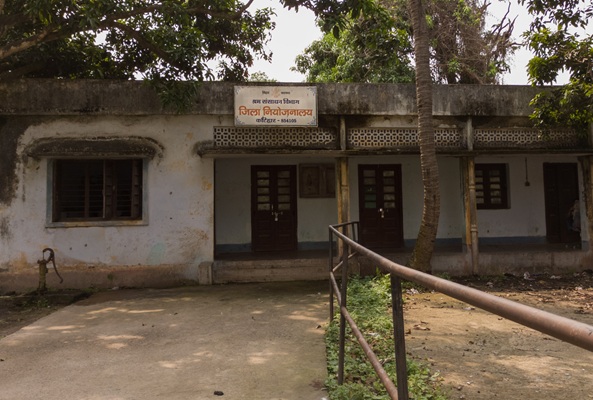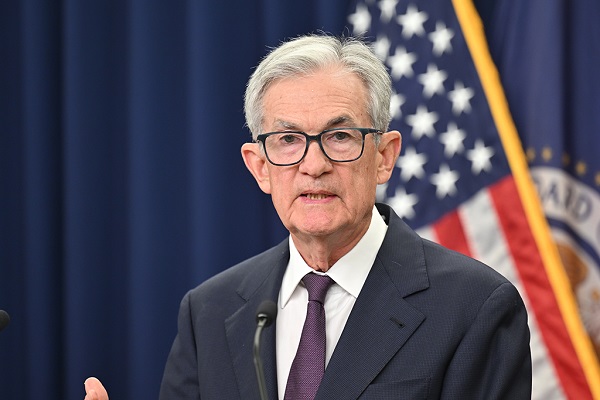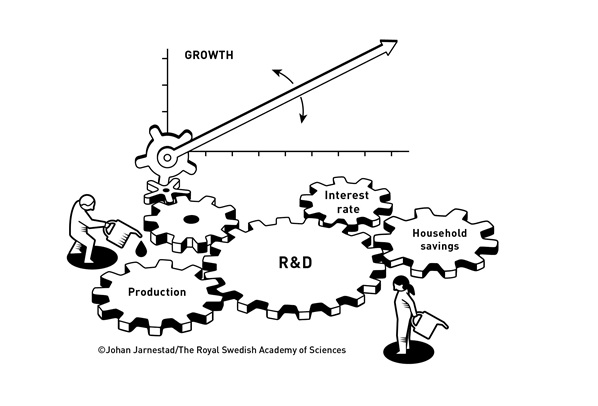.png)
Bihar’s Economy Is Hostage to Its Politics: Its People Deserve Better
Bihar stands at a crossroads where political disinterest threatens to choke its economic promise. Unlocking its vast human potential and demographic dividend requires governance that prioritises growth over electoral gains.


Sharmila Kantha is an industrial policy specialist and author. Formerly a consultant at the CII*, she has worked extensively on economic policy and India’s international engagement.
October 28, 2025 at 8:08 AM IST
As millions of migrant workers crowded into trains and buses to return to Bihar for the festival season, their conversations centerd on the forthcoming state Assembly elections. More than 12,000 special trains were organised this year, compared with 7,500 last year, to facilitate this mass movement ahead of voting scheduled for November 6 and 11. Bihar’s economic condition may not be uppermost in voters’ minds, overshadowed by candidate profiles and promises of freebies. Yet it is imperative that the next state government focuses on unlocking the state’s growth potential and improving people’s lives.
Bihar’s population of 127 million accounts for over 9% of India’s total. Its per capita income at current prices stands at just ₹66,828 in 2023-24, compared with ₹567,344 in Goa, the highest among states in 2022-23 — a differential of 8.5 times. Bihar also faces an outflow of an estimated 30-40 million workers seeking employment outside the home state. Clearly, Bihar’s faster development is indispensable for India to meet its broader economic goals.
Overcoming its past reputation for “jungle raj” and chronic poverty, Bihar has inched towards higher growth rates. Its real gross state domestic product grew at a compounded average rate of 5.4% between 2011-12 and 2023-24, slightly below the national average of 5.9%. However, the state’s share of national GDP and its per capita income relative to the Indian average have declined since the early 1990s, indicating that it has struggled to keep pace with the nation’s growth.
The pandemic disrupted both Bihar’s growth trajectory and its economic structure. The share of agriculture in gross state value added rose, while manufacturing fell to just 7.6% in 2023-24 — a dismal figure for such a populous state. The industry sector as a whole contributes only 18% to Bihar’s GSVA, well below the all-India average at 29%, placing it 28th among the states and Union Territories. Exports from Bihar stood at a modest ₹172.83 billion in 2024-25, consisting mainly of fuels and agricultural products.
The slow pace of growth is mirrored in its socio-economic indicators, most of which rank at the low end among large Indian states . About 27% of Bihar’s population lives below the poverty line, compared with the national average of 11%. In contrast, Kerala and Tamil Nadu have reduced poverty rates to 0.5% and 1.4%, respectively, according to the Economic Survey 2024-25.
Only 12% of Bihar’s population lives in urban areas, underscoring the state’s continued reliance on rural livelihoods and its lack of structural transformation. Almost half of its workers are employed in agriculture, while the share in manufacturing is minimal at about 6%, half the national average.
On a positive note, life expectancy in Bihar touches 69.5 years, close to the national average. However, prospects for the next generation remain bleak. The state’s total fertility rate stands at 3, well above the replacement level, while most large states are experiencing population decline. While per capita daily calorie intake exceeds the national average, nutritional outcomes remain poor — 42.9% of children are stunted, the second-highest proportion in the country, compared with 23% in Kerala, according to the National Family Health Survey. The infant mortality rate, at 46.8 per 1,000 live births, is the highest among large states and more than ten times the rate in Kerala.
Education coverage remains a major concern. Only one-fourth of children in the relevant age group are enrolled in pre-primary to Class 2, though the gross enrolment ratio for Classes 3-5 has risen to 96% as of 2023-24. Dropout rates climb sharply in higher grades, with only 40% of students enrolled in Classes 9-12. In higher education, the gross enrolment ratio is 17%, compared with a national average of over 28%. A high student-teacher ratio, thousands of unfilled vacancies, slow staff recruitment, and poor school and college infrastructure continue to drive students to seek opportunities outside the state.
There are, however, some bright spots in the otherwise dismal economic picture. Bihar accounts for 5.7% of India’s unincorporated non-agricultural establishments, employing nearly six million workers, and ranks third among states in the number of rural enterprises. The state also figures among the top three large states in the growth of the transport, storage, and communication sector during 2011-12 to 2023-24.
With a working-age population of about 100 million, Bihar enjoys a significant demographic advantage that remains largely untapped. Its fertile agricultural land could deliver far higher productivity in horticulture and high-value crops. The manufacturing and export sectors, too, could benefit from the state’s competitive wage levels.
A long-term strategy must prioritise reform of the school and higher education systems and expand avenues for skill development. Attracting new manufacturing investments remains challenging, constrained by limited non-arable land and poor skill levels. The services sector, which already employs 29% of the workforce and contributes the largest share to GSVA, could be further developed. Improved urban infrastructure and digital connectivity could make Bihar a low-cost hub for remote IT services, while tourism promotion and better facilities could enhance visitor experiences at the state’s globally renowned heritage sites.
The next Bihar government must move beyond governance for electoral gains towards governance for growth, working in synergy with the central government, the industry, and communities to design inclusive policies and ensure rigorous implementation. Only then can Bihar hope to catch up with the rest of the country at an accelerated pace.
*Views are personal



